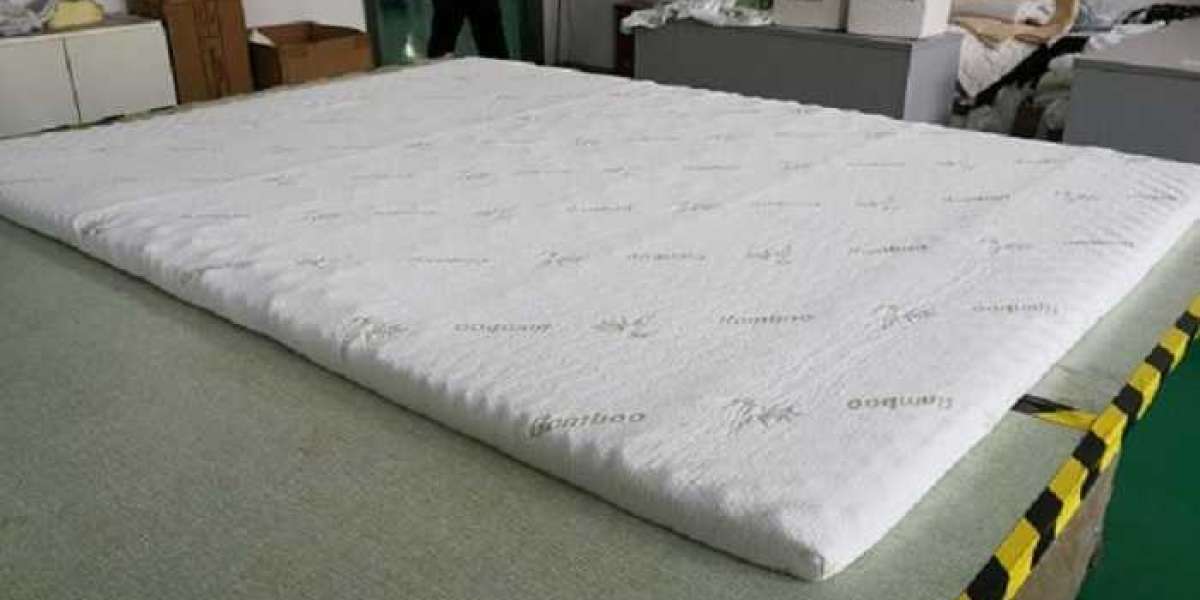In an Asian tale, the bamboo is considered to be where humankind originated from. According bamboo yoga pants to the myth, a man and a woman emerged from one big bamboo plant split in two.
In Chinese philosophy, the bamboo is considered a noble plant, along with the orchid, the chrysanthemum, and the plum blossom. The bamboo was regarded with honor because it's not just a plant, it's a part of people's day-to-day lives. After all, it's used as a decoration, a material for furniture, cooking, agriculture, weapons, instruments, and for clothing.
Recently, there's been a trend called eco-fashion involving the usage of bamboo in clothes. In this process, rayon, a manufactured regenerated cellulose fiber can be made using purified cellulose coming from bamboo wood pulp. Bamboo rayon is also known as bamboo viscose in fabric descriptions. The final product is the synthetic fiber used in this "environment-friendly" clothing. However, many counter this claim that bamboo rayon is truly eco-friendly.
The Bamboo Viscose Process
You can find a lot of opinions about bamboo fabric. Some say it is eco-friendly; other's say it's not, and this is mainly because there are many methods to create rayon. The most common way is called the viscose process. Here, it is generally known to manufacturers that bamboo is dissolved to make a thick viscous solution that is forced through a spinneret into a quenching solution where strands solidify into fiber. The main problem in this method is the solvent used in dissolving the bamboo. It's called carbon disulphide - a known reproductive hazard. This endangers the workers, and it can pollute the environment through its emissions.
A Natural Habitat
When people hear bamboo, baby panda bears come to mind - yes, these cute little black and white fluffs are associated with the plant mainly because wildlife experts surmise that ninety-nine percent of a panda's diet consists of bamboo. One environmental problem about using bamboo for fabrics is the destruction of habitats for pandas - considering that they are an endangered species. However, others argue that this may not be the case. Agricultural studies proved that the plant can grow up to 4 feet a day, bagging the title of "the fastest-growing woody plant in the world". This makes the growing of bamboo absolutely sustainable.
The Eco-Warriors' Stand
The Natural Resources Defense Council (NRDC) has issued their stand in this issue on August 2011. In nrdc.org, it was stated that bamboo can be truly eco-friendly as long as it is processed right. According to the site, "natural bamboo or bamboo linen is truly green". They furthered their explanation by stating the process - "by crushing the woody parts of the bamboo plant and then using natural enzymes to break the bamboo walls into a mushy mass, the natural fibers can be mechanically combed out and spun into yarn." But, rayon produced using the viscose process is not truly friendly to the environment.
More recent developments using the non-toxic low alkaline 'N-methylmorpholine-N-oxide' are now in production in textile mills around the globe. If you are serious about finding bamboo textiles and products that are environmentally sound, you'll want to look for independent environmentally sustainable and organic certification such as the Oeko-Tex certification. Oeko-Tex Certification includes testing of processes, raw materials and final products for chemically-free and environmentally sustainable practices. That way you'll get the bamboo products you want without hazardous environmental impact and avoid any unsafe chemicals in your clothing, bedding or furniture.
A product is truly called eco-friendly when it's not harmful to the environment - helps preserve natural resources, and avoids contributions to pollution. But unfortunately, some products which come with claims of being eco-friendly don't have these attributes. Now, the responsibility lies with you-the consumer; if you truly want to go green, you must be able to determine which is eco-friendly, and which isn't.








